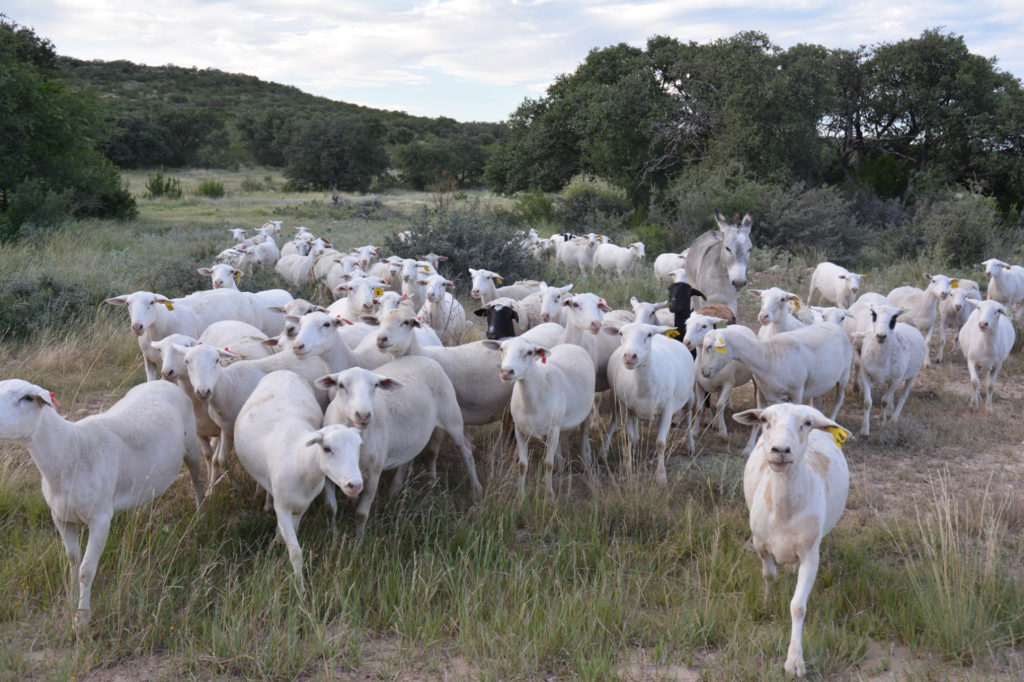is available through AgriLife Extension. (Texas A&M AgriLife photo by Reid Redden)
The Texas A&M AgriLife Extension Service offers a digital education course, Sheep and Goat Ranching 101. The series of 12 videos cost $25 and allows participants to learn at their own pace.
“This online course is for people new to the sheep and goat industry,” said Reid Redden, Ph.D., AgriLife Extension sheep and goat specialist and director of the Texas A&M AgriLife Research and Extension Service Center at San Angelo. “This course covers the basics of what people need to know, everything from how much animals typically cost to the type of facilities you’ll need to have to raise sheep and goats.”
Getting started with sheep, goats
AgriLife LearnThis online course is geared toward beginners and taught by AgriLife Extension specialists, agents, and graduate students. Using instructional videos, the experts walk viewers through the first steps to getting an operation started. They also provide viewers with the basic knowledge needed to maintain an operation.
Redden said the course provides essential information for small farms or ranches with less than 100 acres, new landowners or managers, and retirees moving back to the homestead who may be thinking of raising small ruminants.
An Advanced Sheep and Goat Ranching online course is currently being developed and will also be available at the Texas A&M AgriLife Learn website, https://agrilifelearn.tamu.edu/, when completed.
Texas A&M AgriLife Learn offers online courses and flexible digital solutions to meet the training and educational needs for learners in Texas and beyond. AgriLife Learn serves adult and youth learners of every type and offers a catalog of courses over a broad range of topics and skills, including Texas Department of Agriculture continuing education unit courses, professional development courses and free educational courses.




